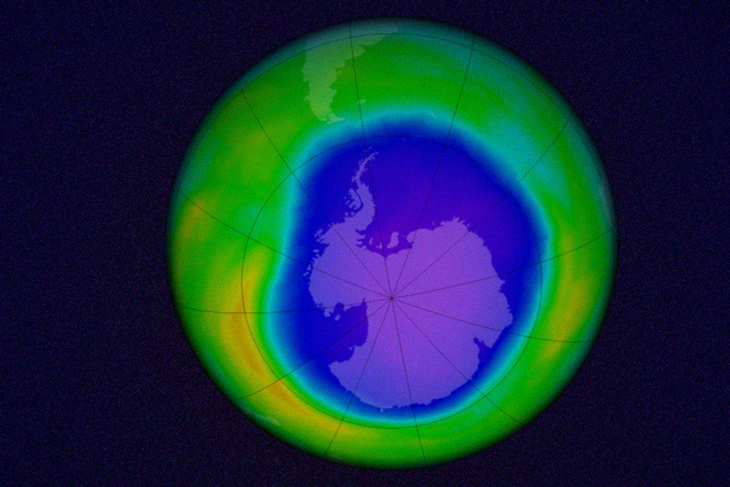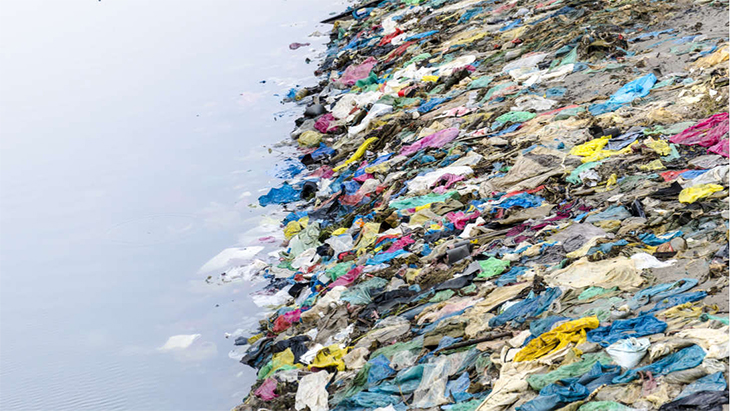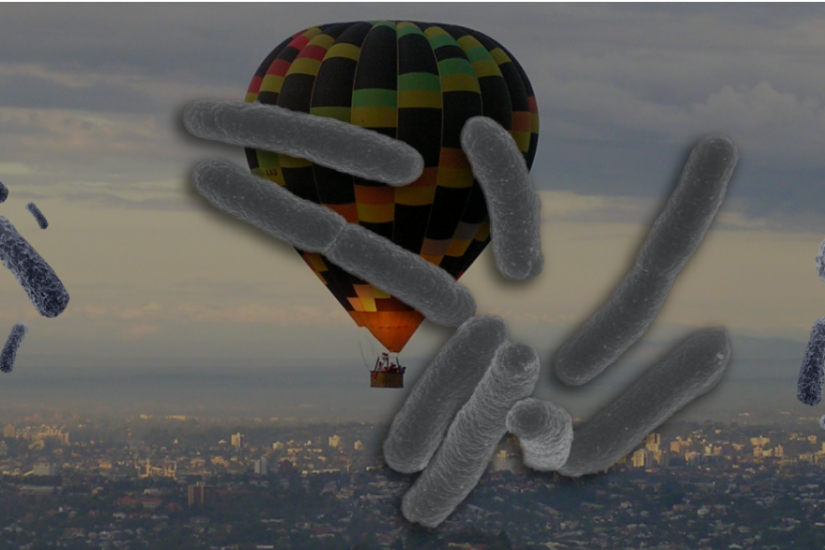Many of us realize the difficulties countries face due to the Coronavirus pandemic – economies have suffered, not to mention people are dying. Seems we have been plagued by bad news constantly, though there are some good effects happening because of the quarantine and lockdowns, with people staying home, nature and wildlife have been given room to breathe. Whales are enjoying the quieter oceans due to less maritime traffic, sea turtles are once again nesting in the beaches normally overrun with people, and other creatures seem to be taking back their natural habitats in the absence of humans. Now, as it turns out, a large hole in the Arctic zone layer observed in March, has now closed. At first it may seem as yet another good thing that happened because of the pandemic, which forced people to halt their normal routine and lives. But this time, it is not the case.
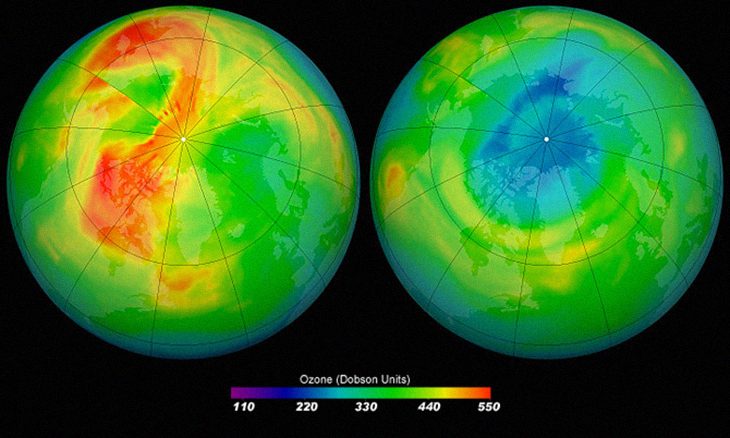
Scientists from the Copernicus Atmosphere Monitoring Service (CAMS) attribute the healing of the ozone layer in this case, to a natural cause. As seen in the pictures provided by NASA Ozone Watch, a large hole in the ozone layer stretches over the top of the northern hemisphere. This was caused by a polar vortex, which is a large low-pressure area made from swirling cold air. The strong polar vortex was thinning the ozone layer in the area, and was observed for several weeks in March. It caused cold air to remain trapped in the North Pole which produced high altitude clouds where chemical reactions stimulated the depletion of the ozone layer when exposed to sunlight. As the polar vortex began to die down, the ozone values slowly returned to normal, explaining the recent photos of the disappearance of the hole. The hole seemed to reach its peak last March 26, but a month later, the picture provided by NASA shows no hole.
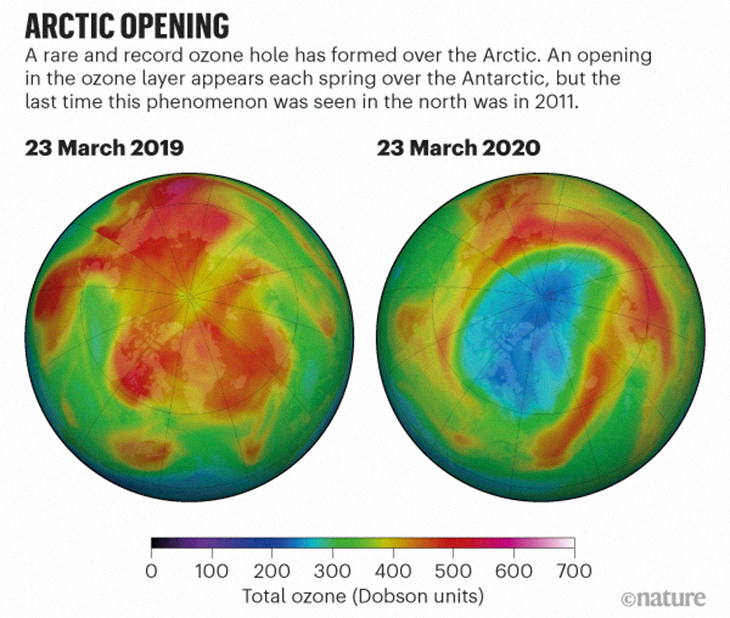
Okay, this may have had nothing to do with human activity slowing down drastically, but talk about timing of the phenomenon. During these times, any good news is much appreciated. Scientists believe we have been making a positive impact in the last couple of decades. In 1987, the Montreal Protocol set goals and measures to reduce man-made chemicals harming the ozone layer. Due to this, the massive hole in the ozone layer over the southern hemisphere discovered in 1985 is continuously shrinking.
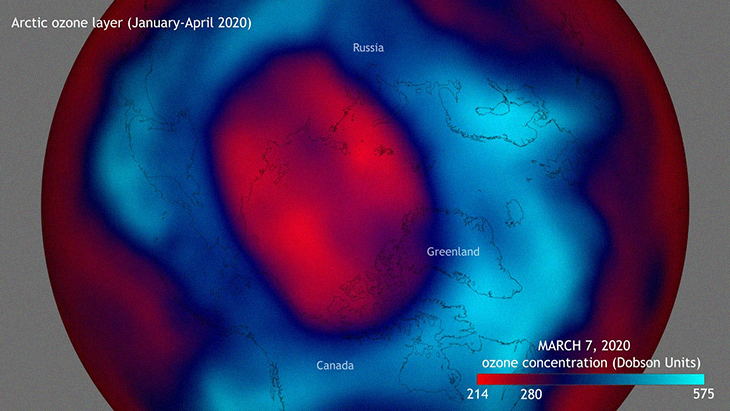
There are many lessons to be learned during this delicate time, hopefully things will go back to normal sooner than later. But let us not forget what we have learned, and do the best we can to repair the damage we humans have caused to Mother Nature, lest she teaches us yet another lesson.

